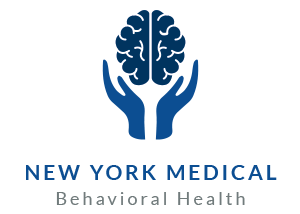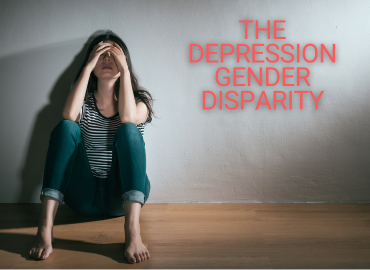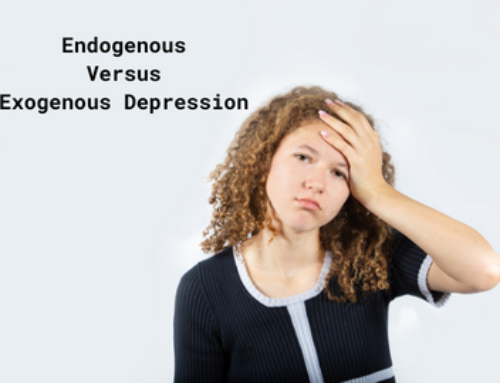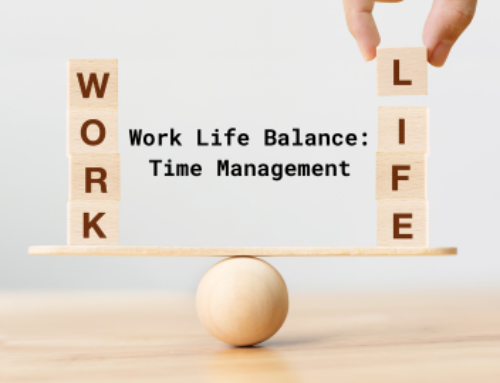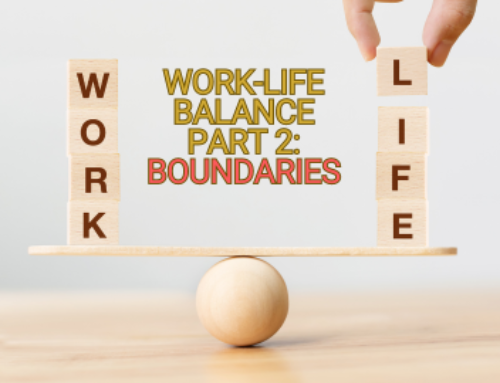The Depression Gender Disparity
Depression is a global health concern. Among the non-fatal diseases, the World Health Organization (WHO) estimates that depression makes up 10% of that burden. They also find that there is a disparity (using the gender binary) regarding the occurrence of depression, affecting far more females than males. The number fluctuates, but the difference remains. Why is this?
The first major exposition of the gender disparity when it comes to depression was done by Myrna Weissman, PhD, in the 1970s. She called out the tendency of the medical community to dismiss depression in women as something that happened to middle-aged or menopausal women, or to
attribute it to notions related to the antiquated idea of feminine “hysteria.”
Data is still being gathered concerning the prevalence of depression among other genders beyond male and female and how it compares. Let’s look at some factors that contribute to the gender imbalance with depression.
Hormones during so many stages of a female’s life will fluctuate, and that is on top of whatever circumstances the person is going through. Hormones are chemical signals that the brain uses to influence both the physical body and the non-physical mind and are not to be dismissed as being of low importance.
Puberty typically occurs in females at a younger age than with males, as does depression. This difference continues after puberty as well.
PMS, or pre-menstrual syndrome, is the time directly before a female’s menses. Symptoms of PMS can
be mild, e.g. a little irritability. PMS can also be serious, manifesting in symptoms like these:
− Trouble concentrating
− Sadness
− A feeling of being overwhelmed
− Disordered eating
− Sleep disturbances
− Body aches
Severe PMS is called PMDD, or pre-menstrual dysphoric disorder. It can affect one’s professional life,
inner life, and relationships.
Pregnancy has a huge impact on the person’s hormones. They can change on the daily. Antepartum/prenatal/perinatal depression occurs while pregnant and postpartum depression occurs after the baby is born. Both include symptoms like these:
− Anxiety about the future
− Fear of being a “bad parent”
− Feelings of isolation
− Exhaustion
− Body dysmorphia
Perimenopause is the period of time just before menopause. A major characteristic of perimenopause
and menopause is the person’s estrogen level dropping. Serotonin levels drop as well, leading to
symptoms from libido fluctuation to sleep disturbances.
Poor work-life balance is something that can affect anyone, particularly women. Females are more likely to bear the majority of caregiver labor, housework, and forms of unpaid labor. This places great stress on one’s mental health.
Women are more likely to speak up about their depression than men. Unfortunately, up to half of people diagnosed with depression in the United States aren’t able to achieve remission with the first treatment they use. Fortunately, there are many modes of treatment available to sufferers, which is why you should approach your general physician if you are suffering depression and/or anxiety as they can recommend resources, run tests, and help you find out what insurance covers.
No matter what sex or gender you are, you deserve help if you are experiencing depression and/or anxiety. Talk to us about our services, which include a full metabolic workup and transcranial magnetic
stimulation (TMS), and psychotherapy. Write to us anytime on our website or call (585) 442-6960.
